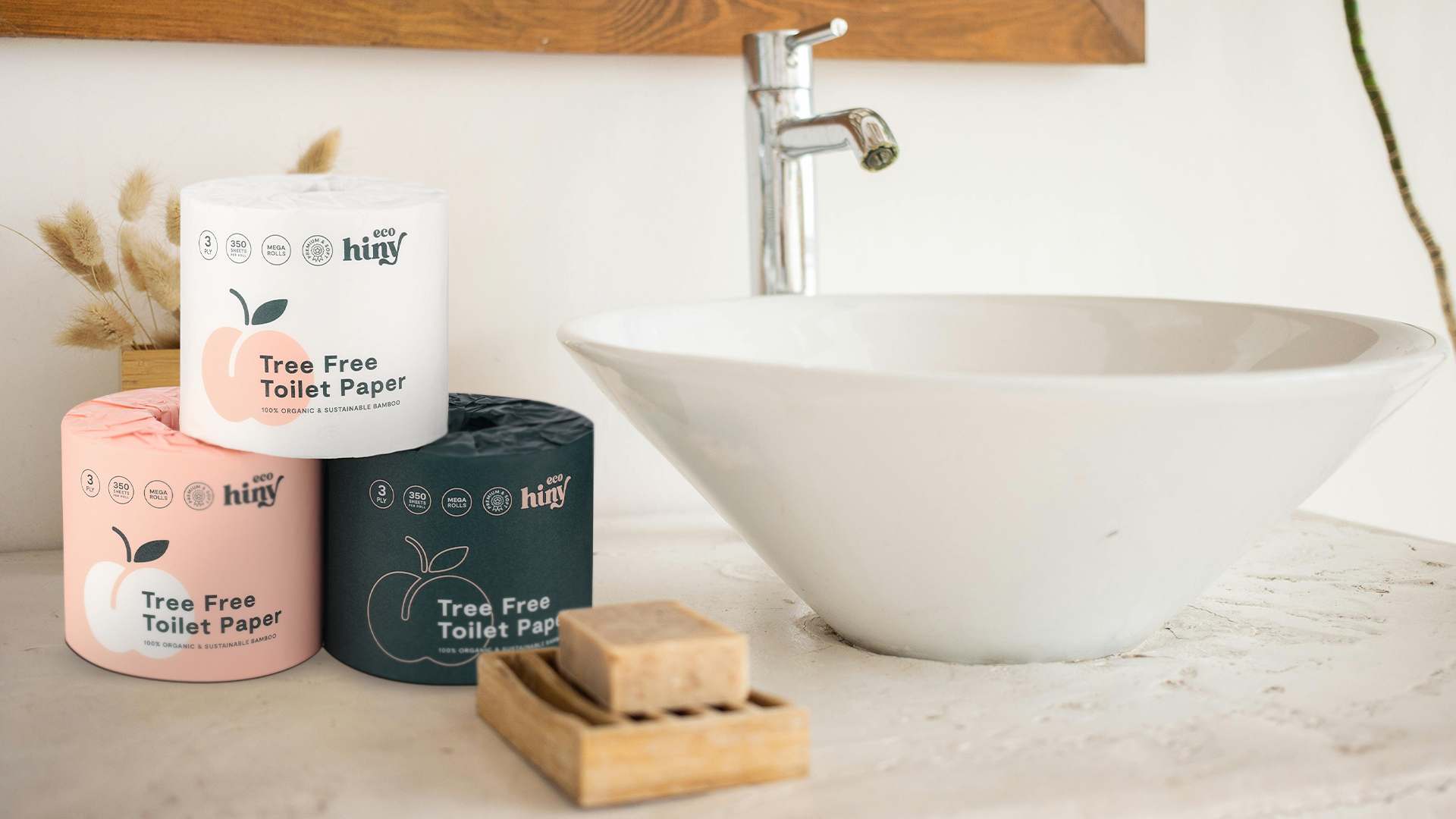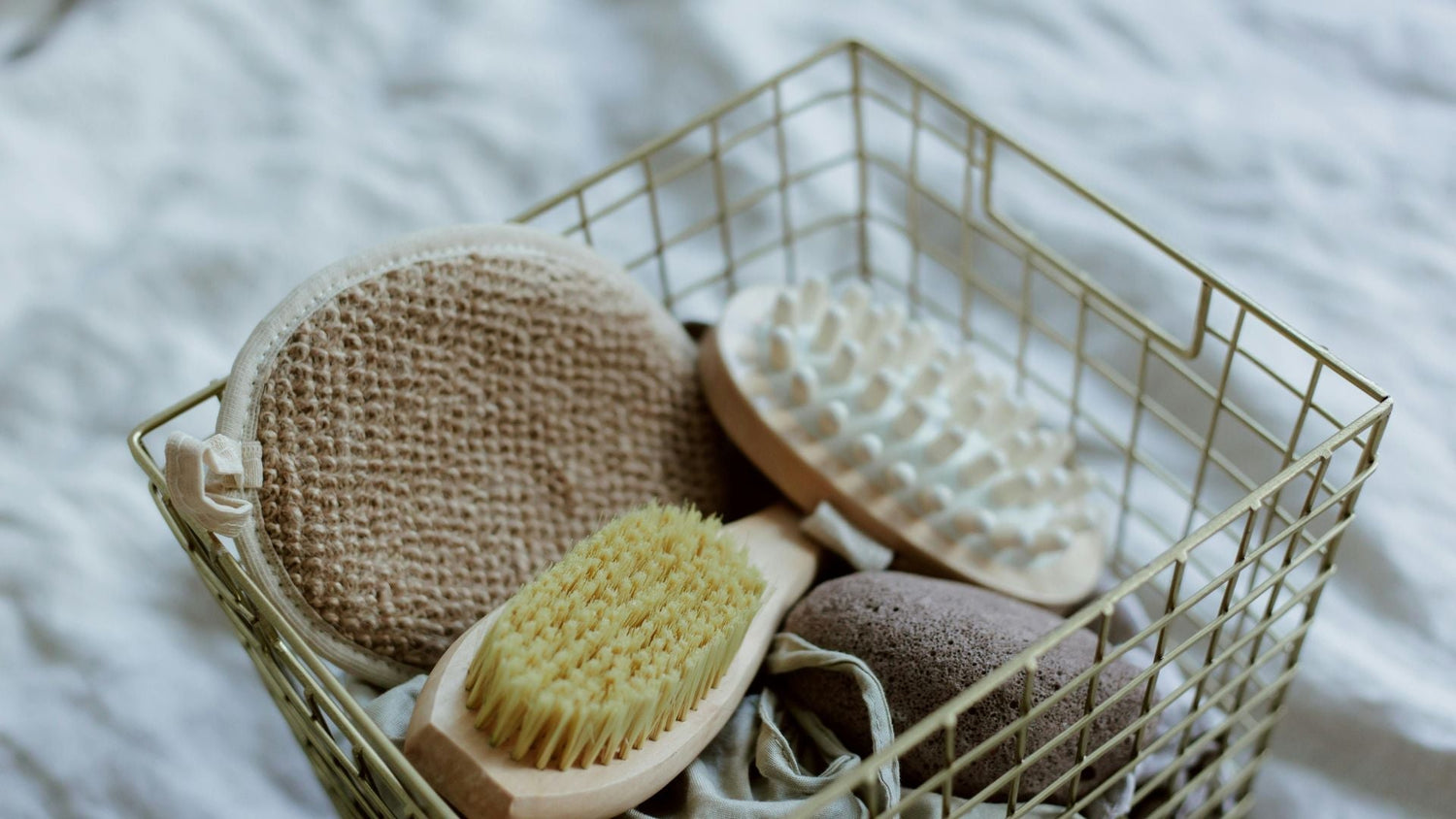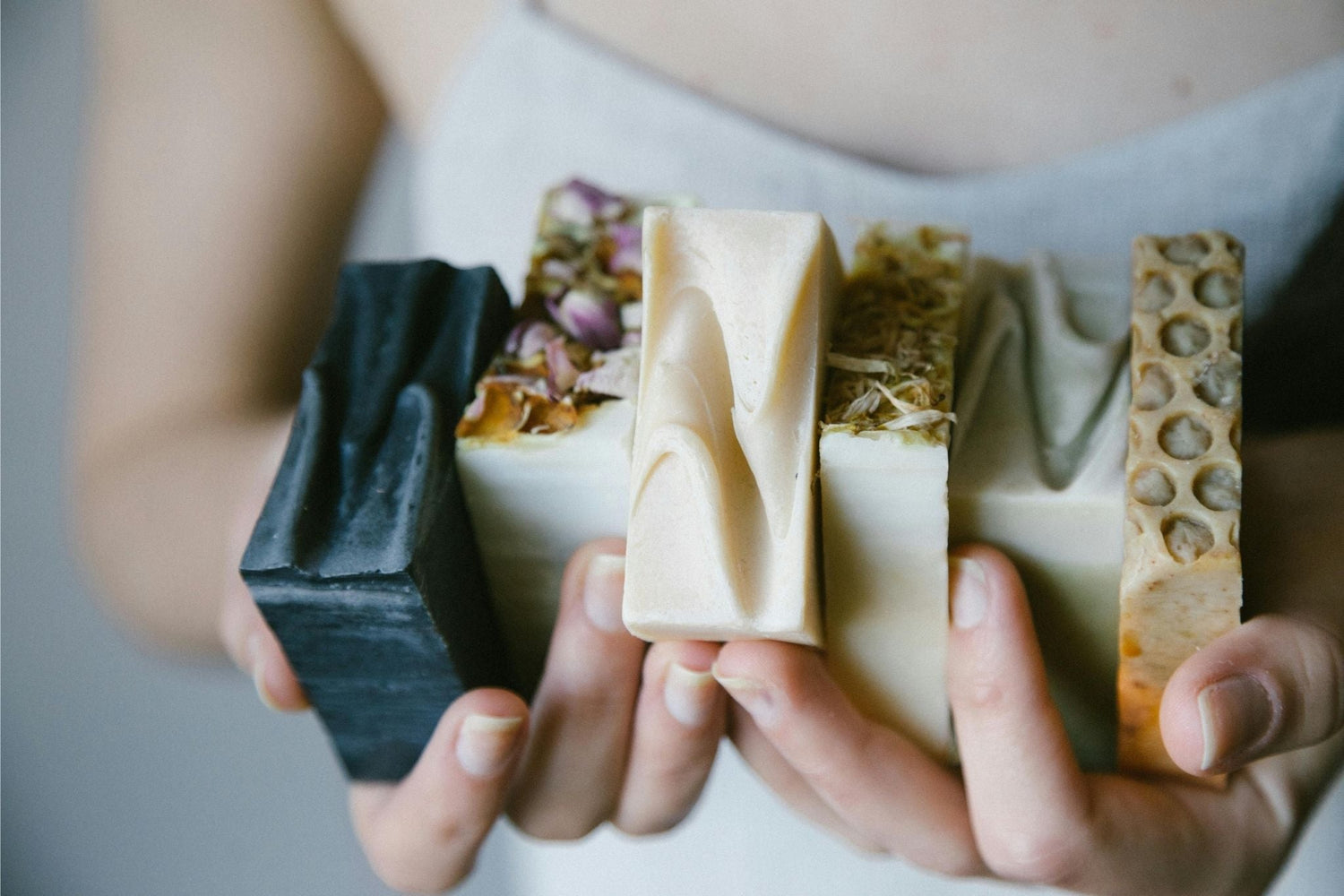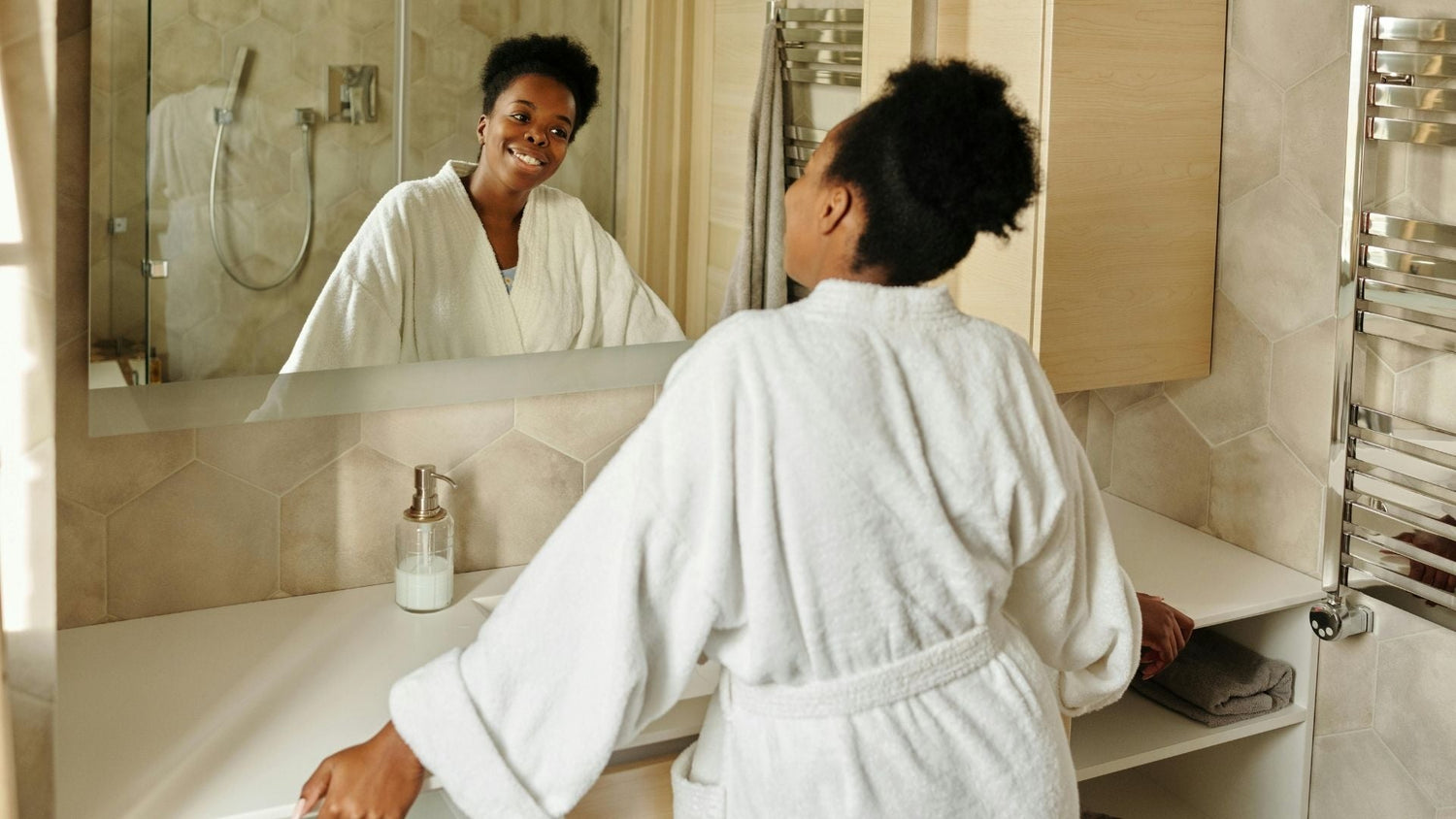Have you ever stopped to consider exactly why toilet paper is white? More importantly, have you thought about the chemical process involved in creating a pure white product from raw paper?
Traditional toilet paper is white because it is made from bleached pulp, which is a process that involves using chemicals to remove impurities and create a clean, uniform appearance.
The bleaching process to manufacture traditional toilet paper typically involves using chlorine to break down the wood pulp fibers. This helps to make the fibers softer and more absorbent while also removing any color or odor.
Unfortunately, the environmental cost of chlorine is significant. When it is released into the air, it can react with other chemicals to form ozone, a major component of smog. The release of chlorine into our air can cause respiratory problems for humans and animals, as well as damage crops and other vegetation.
Chlorine can also contaminate water sources when it is released into rivers and lakes, where it can harm aquatic life. The production of chlorine and its use in industrial processes can cause pollution and contribute to climate change.
The bleaching process of traditional toilet paper is a great reason to consider a more eco-friendly alternative.
Why is Toilet Paper White? Why Chlorine?
The overwhelming reason that toilet paper is white is simply due to aesthetics.
The glue that holds the fibers in toilet paper together is naturally brown. To make the toilet paper a uniform color that will coordinate in any bathroom and to give it a cleaner and more hygienic appearance, traditional toilet paper is bleached. Most consumers consider white toilet paper the standard and most acceptable color.
Chlorine is used for bleaching because it is a powerful oxidizing agent that can break down the chemical bonds of many colored compounds, making them colorless.
When chlorine is added to water, it reacts with the water molecules to form hypochlorous acid, which in turn reacts with the pigments in the material being bleached, causing them to lose their color.
Chlorine is effective at bleaching a wide range of materials, including paper, textiles, and hair. However, it is important to use chlorine carefully and in controlled amounts because of the harm it poses to humans, animals, and our environment.
Other Paper Colors
Although white is the standard, toilet paper colors can vary. A toilet paper brand may choose to add dye to the pulp mixture before it is formed into paper. Colored toilet paper is rare, but some companies do add artificial dyes to give an option other than white.
Turning Toilet Paper White: Ecohiny's ECF Process
Because ecoHiny exists to offer you an eco-friendly option for toilet tissue, you can rest assured that our bleaching process is the most environmentally safe choice.
We're dedicated to sustainability and saving the planet, and that goes for every step in the creation of ecoHiny 100% bamboo toilet paper.
Our toilet paper is made with bamboo, which has incredible qualities. It's quite an incredible resource when it comes to sustainability!
Bamboo is a plant that grows incredibly fast. Its growth rate far surpasses hardwood trees, which are typically used in the making of paper products. The fast growth rate means after harvesting, the crop is replenished in no time!
Speaking of harvesting, that's another perk of bamboo. Since bamboo is a grass, cutting it doesn't disrupt root systems. This means soil stays intact, and so do delicate ecosystems in the soil.
Bamboo also takes less water to grow and thrive, requires no fertilizers or pesticides, and, according to research conducted by Project Drawdown, "It thrives in a wide range of environmental conditions and sequesters carbon at a rate greater than or equal to that of many tree species." (1)
Most importantly, using bamboo means no trees from our vital forests are harvested in the making of ecoHiny! We pledge to never include hardwood tree pulp in our production, and when we make our paper white, we do it with a more environmentally friendly process.
How ecoHiny Turns Toilet Paper White
Elemental Chlorine Free (ECF) bleach is a type of bleaching agent that is manufactured without the use of elemental chlorine gas. Instead, it uses chlorine dioxide or other chlorine compounds that are less harmful to the environment.
The use of ECF bleach is a significant step towards reducing the environmental impact of conventional bleaching processes that rely on elemental chlorine gas, which can release toxic chemicals into the atmosphere and waterways.
The primary advantage of ECF bleach is that it produces fewer dioxins and other harmful substances that can contribute to air and water pollution. Additionally, ECF bleaching is considered to be a safer and more environmentally friendly alternative to traditional chlorine bleaching, which can have negative impacts on human health and the environment.
Is White Toilet Paper Safe?
Well, the answer to that question is: it depends on the brand of toilet paper. If you're shopping for traditional toilet paper, there could be a concoction of chemicals in the box you bring home.
Chemicals present in many traditional toilet paper brands:
Elemental Chlorine is a toxic gas used to bleach wood pulp in paper products.
Furans and Dioxins are highly toxic chemicals that are a by-product of the chlorine bleaching process.
Formaldehyde is used to strengthen toilet paper when wet to prevent it from breaking down. It is a known carcinogen.
Petroleum-based mineral oils and paraffin are often added to toilet paper rolls to make them softer and smell better.
Fragrances present in scented toilet paper contain chemically derived fragrances or perfumes.
BPA, or bisphenol A, is a chemical used in the production of certain plastics, resins, and some paper products.
Per- and Polyfluoroalkyl Substances (PFAS) are another somewhat troubling substance said to be found in our toilet paper. PFAS are synthetic substances used in various consumer products. Per- and Polyfluoroalkyl Substances have even been linked to significant long-term health issues (2).
None of these substances make an appearance in ecoHiny bamboo toilet paper!
Our commitment to the planet and a healthier elemental chlorine-free bleaching process addresses all your environmental concerns as well as any health concerns linked to the chemicals in traditional toilet paper.
If You Want Your Paper White Use ecoHiny
With ecoHiny, when you want white, you actually get green! Our toilet paper is made from sustainable bamboo and is elemental chlorine-free, making it environmentally responsible.
Steer clear of any harmful chemicals that could affect your health or hinder our environment by going with the cleanest, safest choice: ecoHiny.
Make an informed choice about this household essential by exploring our elemental chlorine-free white toilet paper.
- "Bamboo Production." Project Drawdown, drawdown.org/solutions/bamboo-production.
- "Exposure to PFAS May be Harmful to Human Health." United States Environmental Protection Agency, www.epa.gov/pfas/.







